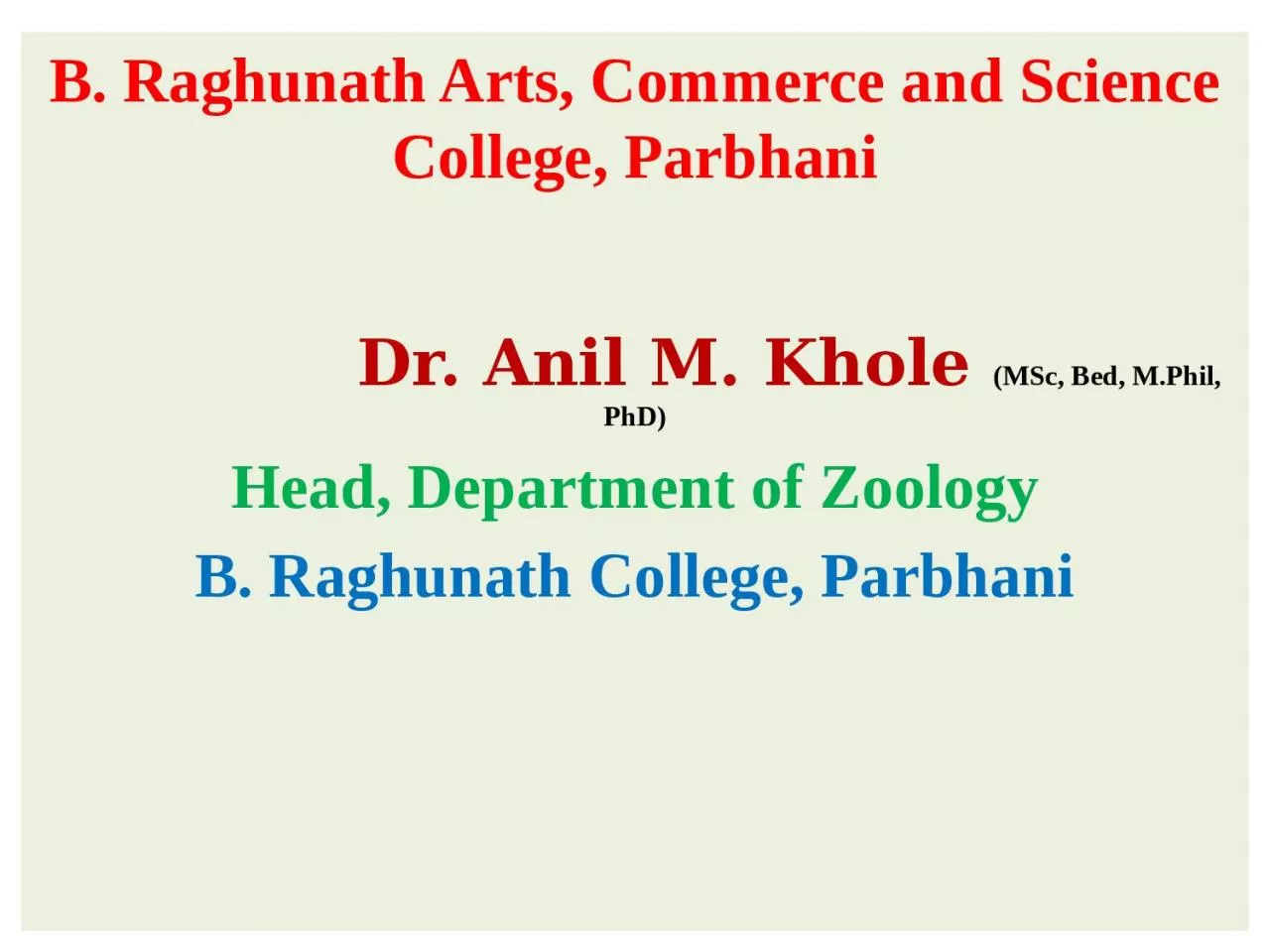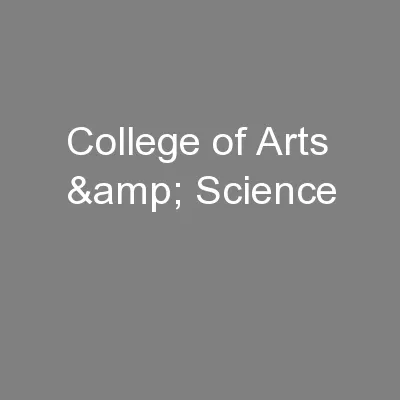PPT-B. Raghunath Arts, Commerce and Science College, Parbhani
Author : white | Published Date : 2022-06-20
Dr Anil M Khole MSc Bed MPhil PhD Head Department of Zoology B Raghunath College Parbhani UNIT I PAPER IX ENDOCRINOLOGY ANATOMY amp BIOCHEMISTRY
Presentation Embed Code
Download Presentation
Download Presentation The PPT/PDF document "B. Raghunath Arts, Commerce and Science ..." is the property of its rightful owner. Permission is granted to download and print the materials on this website for personal, non-commercial use only, and to display it on your personal computer provided you do not modify the materials and that you retain all copyright notices contained in the materials. By downloading content from our website, you accept the terms of this agreement.
B. Raghunath Arts, Commerce and Science College, Parbhani: Transcript
Download Rules Of Document
"B. Raghunath Arts, Commerce and Science College, Parbhani"The content belongs to its owner. You may download and print it for personal use, without modification, and keep all copyright notices. By downloading, you agree to these terms.
Related Documents














